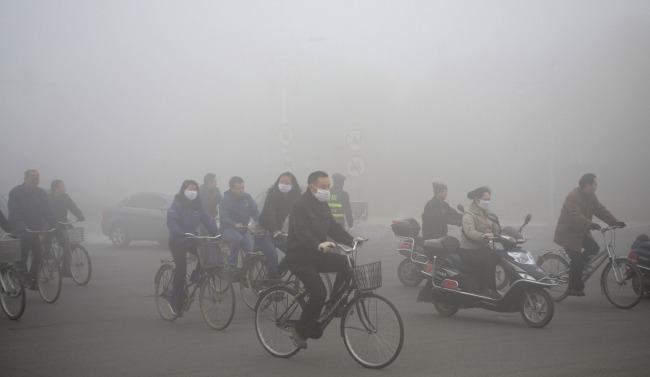Air pollution kills 10 million people every year
 |
| Source: Reuters (2013) |
9/27/2015 cities , climate change , death , pollution 0 Comments
 |
| Source: Reuters (2013) |
9/14/2015 California , climate change , crisis , drought , snow , wild fires 0 Comments
 |
| Images of the snow cover in the Sierra Nevada in California and Nevada showing average winter snowfall, 2010 compared with 2015. Credit: NASA/MODIS |
9/07/2015 Arctic , climate change , collapse , complex systems , crisis , sea ice 0 Comments
 |
| Arctic sea ice extent up to September 7, 2015. Source: Arctic Regional Ocean Observing System, Arctic-roos.org |
9/04/2015 agriculture , climate change , desertification , mid-latitudes , permafrost , polar regions 0 Comments
 |
| World Köppen-Geiger map, climate type B is expanding while E is shrinking. Modified version. Source: University of Melbourne (CC BY-SA 3.0) |
9/02/2015 Arctic , climate change , early warning , extreme weather , Jet Stream 0 Comments
 |
| The jet stream, which once used to move over North America horizontally, has become more wavy, pushing warm air north on the left, while drawing cold air from the Arctic south on the right. Source: Arctic News blog |
 |
| Omega wind heatwave June 28- July 04, 2015. Credit: NOAA |
© Copyright 2014 Peak Resources | Created By Sora Templates and My Blogger Themes
0 kommentarer: